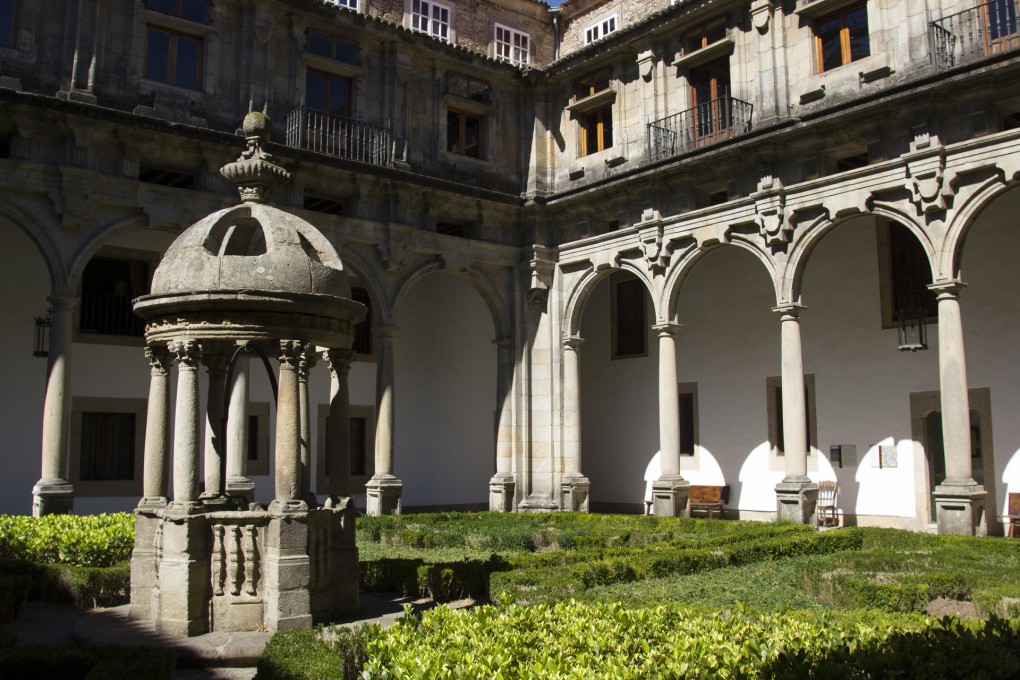Hot spots: Hostal Dos Reis Catolicos, Santiago de Compostela, Spain
Keith Mundy


Yes, especially the lame, and eventually it became solely a hospital, existing as such right up until 1953. It has to be the grandest hostel ever erected, a palace in all but name, three storeys of golden granite arranged around four courtyards with tinkling fountains and box hedges, 28,000 square metres of floor space, its great portal elaborately carved with a host of saints and huge royal coats of arms.
While the sculpted doorway, the arcaded courtyards and the general bulk of the place would be very recognisable to 16th-century pilgrims, the rooms, furnished with traditional elegance, would flabbergast them, and the bathrooms would be a taste of paradise. Even though you're unlikely to be as malodorous as your antecedents, you, too, will relish the brass-tapped, porcelain glory hiding behind the solid oak door. The "most beautiful hotel in Europe" for veteran travel writer Jan Morris, this soi-disant five-star has no gym or pool, which should knock it down a star, but for historical grandeur, the sense of staying in the kind of place that is usually only for visiting, this pile leaves the guest starry-eyed. To walk wide corridors furnished with antiques and El Greco replicas is to enter a richly Hispanic dream world.

An integral part of one of Europe's most magnificent squares, this hotel - like few in the world - gives you the sense of being in precisely the right place. The property forms the northern side of the immense Praza do Obradoiro, and to enter this square is, to quote Morris again, "one of the great travel experiences". Towering over the 110-metre-by-70-metre spread of granite paving is the twin-spired baroque facade of the cathedral, with the 80-metre-long neoclassical town hall facing it on the other side. Pilgrims in hiking and cycling gear lounge on the square, revelling in having reached their goal, some singing and dancing. The setting is staggering, the ambience celebratory.

